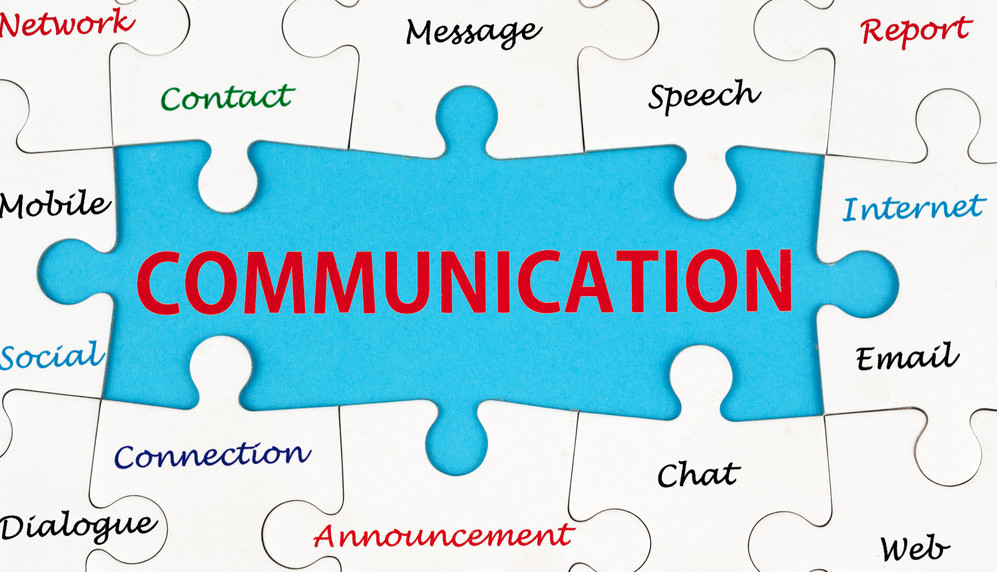Today’s fundraisers are dealing with multiple generations, multiple cultures, and multiple ways to communicate with donors. It’s essential to keep these things in mind when connecting with your donor base.
There’s no faster way to disconnect with a donor than to make your communication impersonal and irrelevant.
Two Steps to Personal & Relevant Donor Communication in 2017
Take these steps to ensure you’re not leaving a sizeable chunk of your audience out of the conversation:
- Employ a Multicultural Focus to Create Personal & Relevant Messages
We live in a world where there are many different walks of life. It’s critical to make sure your messaging, packages, emails, etc., speak to all the different segments supporting your organization.
A nonprofit based in New York that’s speaking to a national audience—or even a global audience—needs to have the cultural sensitivity to understand that their messaging is going to be read by folks from sea to shining sea, across the globe. Consider and be sensitive to all the diverse individuals who make up both your core and prospective audience.
When you hear the word “cultural” what first comes to mind might be ethnicity. But it goes beyond that. Even in our own country there are subcultures. If you’re a regional nonprofit you also want to adjust your messaging appropriately for the subcultures in your community.
2. Develop a Multi-Generational Awareness & Cultivation Strategy
Organizations performing at a higher level today use an omni-channel, multi-segment communications strategy to speak to multiple generations. They are highly sensitive to the unique communication strategies that are most effective for reaching baby boomers all the way up to millennials.
For many nonprofits, baby boomers are the core constituents today—specifically in giving through the mail. So it’s critical to make sure you’re communicating with them effectively. But it’s also critical not to overlook millennials and the next generation mid- and major-level supporter who is engaging with you in a very different way.
Can you be all things to all people? Probably not. You’re working with limited resources after all. But if you’re only talking to your current generation of major supporters (focusing primarily on females ages 70+ for example) you may be missing the boat on tomorrow’s donors.
Think through and customize your donor communications to be relevant from both a generational and cultural standpoint. Don’t push potential donors away by overlooking the different perspectives of your audience.
What are today’s healthiest organizations doing to inspire donors and create sustainable fundraising programs? Download “The Intelligent Fundraising Health Check” to find out.

